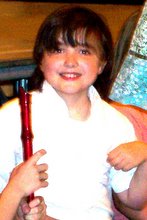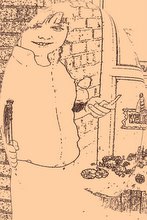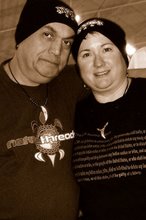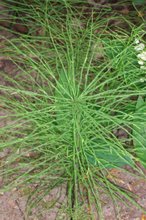
Chromosome abnormality linked to autism, study finds
Last Updated: Wednesday, January 9, 2008 | 5:11 PM ET
CBC News
Researchers have identified a chromosomal abnormality that seems to increase a person's chances of developing autism.
A group of U.S. researchers, associated with a group of Boston-based hospitals known as the Autism Consortium, conducted complete genome scans of 1,400 samples of DNA from families of autistic children.
They found that in one per cent of people with autism, or similar disorders, a portion of chromosome 16 is either absent or duplicated. This is not inherited from the parents.
To ensure this finding held true in other autism patients, researchers then examined the data of 1,000 patients from Children's Hospital Boston — about fifty per cent of whom had been formally diagnosed as being autistic or having a developmental problem.
Among those children with developmental issues, five had the same deleted section of chromosome 16, and another four had a duplicated chromosome.
The researchers caution that it is still early days in genetic research into autism.
"We're still a long way from understanding how this chromosomal deletion or duplication increases the risk for autism, but this is a critical first step toward that knowledge," said Mark Daly, the study's senior author for gene discovery, in a release.
The study is published online Wednesday in the New England Journal of Medicine.
To date, only 10 per cent of all autism cases have been traced to genetic and chromosomal abnormalities, say the authors.
"These large, non-inherited chromosomal deletions are extremely rare," said Daly, "so finding precisely the same deletion in such a significant proportion of patients suggests that it is a very strong risk factor for autism.
"We're now pursuing more detailed genetic studies to figure out which genes in this region are responsible for this effect in order to gain a better understanding of the underlying biology and potential clues to therapeutic approaches."



























No comments:
Post a Comment